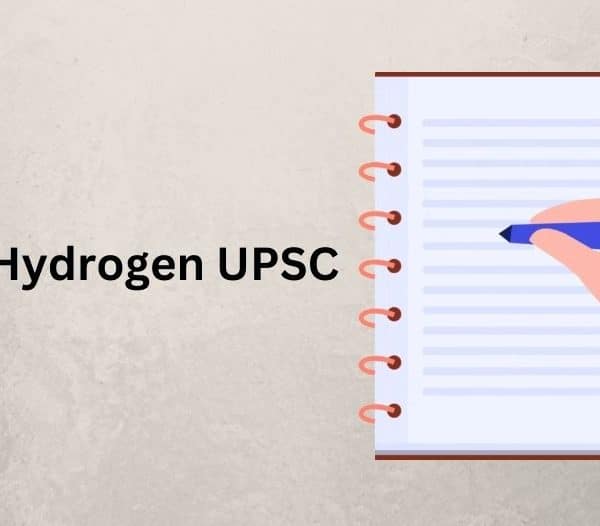Land Reforms India is a very important topic for the UPSC Mains examination and is relevant for both General Studies Paper 1 and General Studies Paper 3. It is a direct topic in Paper 1 and can be asked under post Independence consolidation topic in Paper 3.
What is Land Reforms?
Land Reform is defined as the redistribution of land from rich to poor. It includes regulation of ownership, operation, leasing, sale and inheritance.
Let us first understand why land reforms were required in India. We are a largely agricultural economy and the inequality in both wealth and income is huge. This also meant an unequal distribution of land and large numbers of people living below the poverty line.
All this led the government to initiate land reforms in post independence India. The constitution left the adoption and implementation of the same to the state governments. Land reform legislation passed by all state governments
The first reform was Abolition of Intermediary. In this reform the intermediary was removed and peasants were made to pay the taxes directly to the government. This helped about 25 to 30 million occupancy tenants but not landless labourers.
Objectives:
- Enhance productivity of farmers and tenants
- Elimination of exploitation by middle men
- Land to the tiller
- Satisfy consumer demands
- Transfer of income from rich to poor
- Increase productivity of land per capita
Tenancy reform
This was the next reform that sought to affect the tenants and sub tenants of the lands had the following features:
- Conferred ownership
- Provided security of tenure
- Regulated rent
This was not implemented properly and it could only benefit 11 million tenants or sub tenants, in 4% of the total area across 6 or 7 states. Kerala and WB performed very well, while other states like Maharashtra, Gujarat, Himachal Pradesh, Assam and Karnataka also performed well.
The biggest problem was identifying share croppers and sub tenants as the occupancy tenants who had already benefited did not want the tenants to get recognized.
In 1977 Operation Burga was carried out in order to identify share croppers and force them to register as tenants.
Next was the Ceiling on land holding reform which was again left to the States’ discretion. This was not perfect as the surrendered land was of inferior quality and thus the issues with productivity continued. Also people started doing fraudulent land transfers with the help of village officials in the names of their family members and even pets to subvert the land ceiling restrictions.
3 different ceilings were set for 3 categories of land. Best quality was set to 10 acres, 2nd best quality was set to 18 to 27 acres and lowest quality land was set to a maximum ceiling of 27 to 54 acres. Also at this time, the unit to be considered for ceiling consideration was changed from an individual to a family. This also led to the rise of nuclear families to keep maximum land in the family.
Bhoodan movement started by Acharya Vinoba Bhave this was a scheme that invited voluntary land donation to the landless. This only saw a transfer of 1 million out of expected 20 million acres of land expected. Bihar saw the most success in this scheme. However, again the problem was that the surrendered land was most inferior in quality.
Jammu and Kashmir, Assam and WB performed better when it came to ceiling on land holding.
Consolidation of land
As opposed to fragmented land, when land is a consolidated piece, technology, manpower, fencing, irrigation becomes cheaper and thus the government introduced schemes for consolidation of land wherein a land owner could give up his fragmented plots and get the same amount of land as a consolidated piece. In Punjab and Haryana this was made compulsory and led to the success of the green revolution in these 2 states. The other states that saw success were Uttar Pradesh, Bihar, Himachal Pradhesh, Jammu and Kashmir and Karnataka.
The problem with this scheme was that people were emotionally attached to their hereditary land and also were not sure about the quality of land the government would give them back in the consolidated form.
Cooperative farming
This was another voluntary reform proposed. Through this farmers could do farming in the manner of a cooperative with the farmers of their neighbouring lands. However, very few farmers actually did this as it is difficult to factor in the fertility of each land and therefore the shares of the revenues and expenditures.
However, in China this was very successful as it had been made compulsory by the government.
Post liberalization reforms
Post the liberalization of the Indian economy; land reforms were all market driven not agricultural in nature. This involved Modernization of land records in the most part.
It started during the 7th 5 year plan with a scientific national survey on land records. During the 8th 5 year plan digitization of land records was planned. Then in 2008 national land record digitisation program was launched and the aim was to digitize all land records before 12th 5 year plan. This would also facilitate land leasing ensuring the continuity of ownership even on long absence of owner. This helped the person taking the lease by making the land available to them and helped the owner of the land with both the lease amount and the security that the land would not be taken away by settlers.
Recommeded Reading:
Economics Syllabus For UPSC IAS Exam
How to Prepare Economics for UPSC





